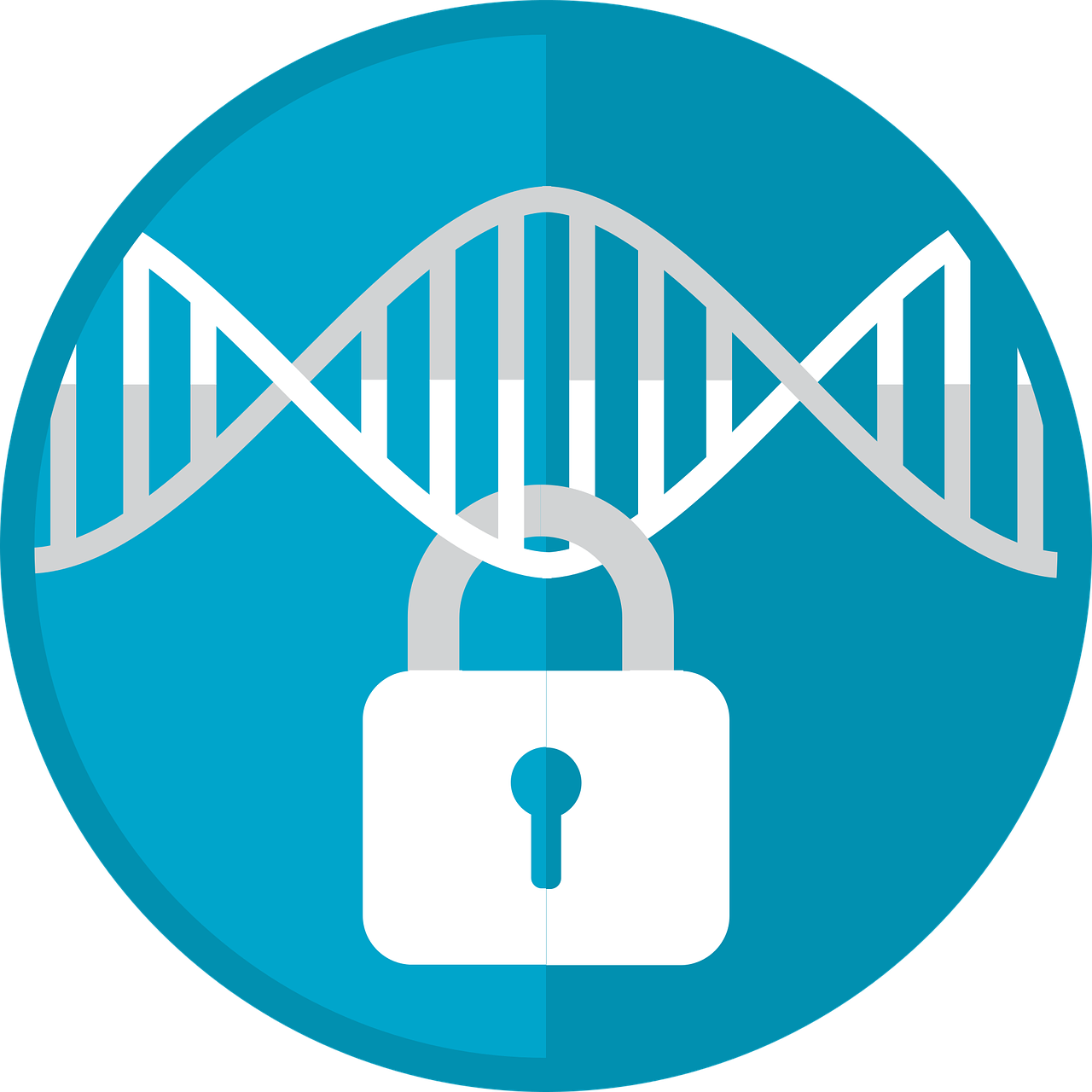The Operating Characteristics of PLC Controllers
PLC controllers are essential components of industrial automation systems, performing a wide range of functions such as logic control, data processing, and communication management. They are designed to operate efficiently and reliably in harsh industrial environments, often in close collaboration with other PLCs, HMI devices, and other types of industrial equipment. PLC controllers are typically programmed using a variety of programming languages and software tools, allowing them to be customized for specific applications. They are also capable of being interconnected via networks and the internet, providing remote access and monitoring capabilities. In addition, PLC controllers feature a range of built-in safety functions, including input filtering, interlocks, and diagnostic capabilities, to ensure the safe operation of industrial systems. Overall, PLC controllers are highly flexible, reliable, and efficient components that play a crucial role in modern industrial automation.
In the industrial automation field, PLC (Programmable Logic Controller) controllers are crucial components that have transformed the landscape of automated manufacturing. These devices, initially introduced in the 1960s, have since evolved significantly in terms of functionality and application versatility. PLC controllers have become the core of many automated systems, performing a wide range of tasks, from simple logic operations to complex motion control functions.

1. Definition and Overview
PLC controllers are digital computers designed to interface with industrial equipment. They are specifically designed to perform a set of tasks, such as logic, sequencing, timing, and data acquisition. PLCs are used in manufacturing, processing, packaging, robotics, and other areas where automation is key to operational efficiency.
2. PLC Controller Types
There are several types of PLC controllers, each optimized for specific applications:
Fixed Function PLCs: These PLCs are designed for simple tasks and have limited reconfiguration capabilities.
Modular PLCs: These PLCs have modular design, allowing for flexible configuration and expansion as needed.
Hybrid PLCs: These PLCs combine features of fixed function and modular PLCs, offering both simplicity and scalability.
3. PLC Controller Functionality
PLC controllers perform a wide range of functions, including:
Logic Functions: PLCs perform basic logical operations such as AND, OR, NOT, and their combinations.
Sequencing: PLCs can be programmed to execute a sequence of operations in a specific order.
Timing and Delay Functions: PLCs provide precise timing and delay functions for coordinating operations.
Data Acquisition and Processing: PLCs can read input signals, process them, and generate corresponding output signals.
4. PLC Controller Programming
PLC controllers are programmed using various programming languages and software tools. Common programming languages include Ladder Diagram (LD), Function Block Diagram (FBD), Structured Text (ST), and Instruction List (IL). Programming software provides a user-friendly interface to simplify the configuration and programming of PLC controllers.
5. PLC Controller Applications
PLC controllers find application in various industries, including:
Manufacturing: PLCs automate assembly lines, sorting systems, and other manufacturing processes.
Process Control: PLCs monitor and control chemical reactions, mixing processes, temperature regulation, etc.
Packaging: PLCs automate packaging machines, conveyors, and other related equipment.
Robotics: PLCs provide the brains for industrial robots, guiding them through complex tasks.
6. Benefits of Using PLC Controllers
PLC controllers offer several advantages, including:
Flexibility: PLCs can be easily reprogrammed to meet changing production requirements.
Speed and Efficiency: PLCs enable quick decision-making and precise control, increasing operational efficiency.
Reliability: PLC systems are designed for industrial environments, offering high levels of reliability and stability.
Integration: PLCs can be easily integrated with other automation systems and sensors.
7. Challenges with PLC Controllers
Despite their benefits, PLC controllers also come with some challenges:
Initial Cost: The initial cost of purchasing and installing PLC systems can be significant.
Maintenance: With the complexity of modern PLC systems, maintenance and troubleshooting can be challenging.
Programming Skills: Programming PLCs requires specialized knowledge and skills that may not be widely available.
Communication Protocols: Different PLC manufacturers use different communication protocols, leading to integration challenges.
8. Future Trends
As technology advances, PLC controllers are expected to evolve in the following directions:
Increased Connectivity: Modern PLCs will have improved communication capabilities to enable better integration with other devices and systems.
More Intelligence at the Edge: Edge computing will bring more intelligence to PLCs, allowing them to make decisions closer to the point of data generation.
Security Enhancements: With the increasing concern for industrial security, future PLC systems will have enhanced security features to protect against cyber threats.
Virtualization: Virtualization technologies could allow for more efficient resource utilization by running multiple virtual PLC instances on a single physical hardware platform.
Articles related to the knowledge points of this article:
PLC and Industrial Controllers: The Heart of Modern Automation
The Role of the Shangluo Huichuan PLC Controller in Modern Automation Processes
PLC Connection Servo Controller Parameters
Hanchuan PLC Controller Manufacturers: A Look into Their Business and Products